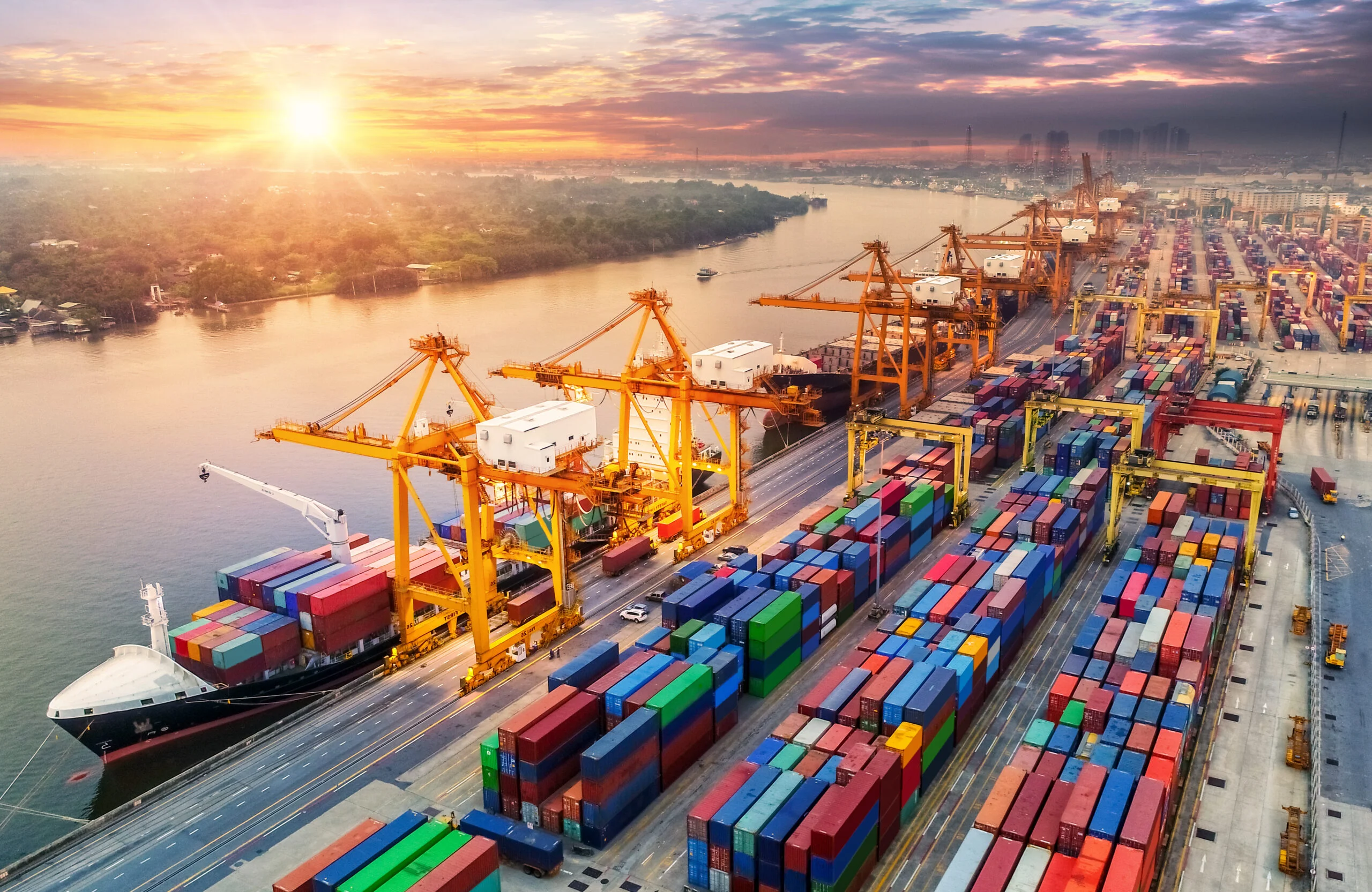
Short-term contracts: A New era for Indian Port privatisation strategies
NEW DELHI : Indian Major Ports steadily more adopting the operation and maintenance (O&M) model as an alternative to the public-private partnership (PPP) format for privatising cargo terminals.
The O&M model is seen as a risk-free and litigation-free solution, in contrast to the longer-term and more complex PPP agreements. India has 12 major ports under the central government’s jurisdiction. None of these major ports have been privatised, as the ownership of the land and waterfront remains with the government. The government allows private participation in specific projects through PPP models. Currently, 89 out of 277 berths in these major ports are operated under the PPP model.
Advantages Of O&M Over PPP
Under the PPP model, private firms are awarded 30-year contracts to handle cargo at terminals, with clearly defined terms in concession agreements. While providing long-term infrastructure development, these projects often encounter significant challenges, including contract defaults, litigation, and project terminations.
In contrast, the O&M model offers shorter contracts of 5-10 years, allowing ports to maintain greater control while minimising legal risks.
The appeal of the O&M model lies in its simplicity and lower risk. Unlike PPP projects, which require ports to compensate private operators with 90 per cent of their debt if a project fails, O&M contracts are short-term, with fewer financial liabilities. Ports remain in control of the asset, while private firms focus on day-to-day operations.
A recent example is the Visakhapatnam Port Authority (VPA), which awarded a five-year O&M contract to Green Energy Resources Ports Pvt Ltd for operating its East Quay 1A (EQ1A) berth.
This decision came after a failed PPP attempt with SEW Infrastructure Ltd, which abandoned the coal handling project midway. The port authority completed the remaining work itself, demonstrating the flexibility of O&M in allowing ports to step in when private partners fail.
Financial Gains
The O&M model is proving to be financially rewarding for VPA. Its East Quay 1 (EQ1) terminal, now operated under O&M by HIQ Services, has emerged as the port’s highest revenue generator. The terminal handles about two million tonnes of cargo annually, generating Rs 200 per ton for the port authority, amounting to Rs 80 crores in FY24.
This revenue has already allowed the port to recover its costs after it took over the terminal from Adani Ports and Special Economic Zone Ltd (APSEZ) following the termination of the PPP agreement due to non-compliance with minimum guaranteed throughput (MGT) obligations.
Visakhapatnam Port’s experience illustrates the advantages of O&M over PPP. The port authority not only earns more revenue from its O&M-operated terminals but also avoids the lengthy arbitration and litigation commonly linked to terminated PPP projects. Given this success, VPA is now exploring O&M for its West Quay berths, previously slated for PPP.
Other major ports are following suit. Syama Prasad Mookerjee Port Authority (formerly Kolkata Port Trust) recently awarded a five-year O&M contract to APSEZ to manage container traffic at Netaji Subhas Dock. Deendayal Port Authority in Kandla, Gujarat, is also exploring the O&M model for its new berths, according to a media report.
Limitations Of O&M For Large-Scale Projects
However, private operators argue that O&M is suitable only for smaller, existing (brownfield ) projects. For larger projects that require significant investment and infrastructure development, they say the PPP model remains essential, as many ports lack the financial capacity for such expansions.
However, to sum up, this shift could shape the future of India’s port infrastructure, especially as ports seek more agile and profitable ways to expand their capacity and improve operational efficiency.
